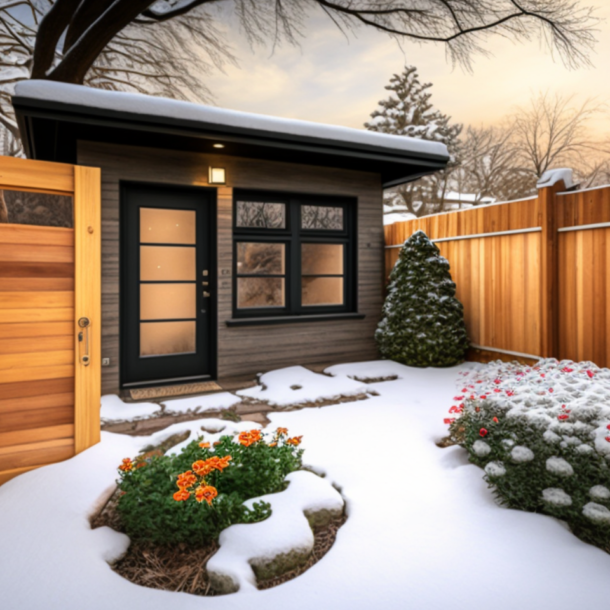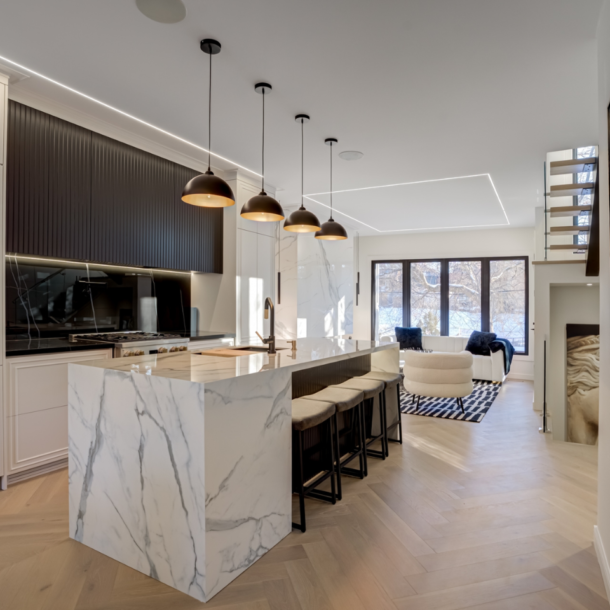
Building an Additional Residential Unit in Brampton: Understanding the Regulations and Guidelines
Building an Additional Residential Unit in Brampton: Understanding the Regulations and Guidelines
Experiencing rapid growth in recent years, Brampton, a vibrant multicultural city within the Greater Toronto Area, has seen an increasing demand for housing. In response, homeowners may consider adding more residential units to their properties. Whether it’s an auxiliary dwelling unit (ADU), a basement apartment, or a coach house, the addition of a secondary unit can offer opportunities to increase income or provide space for family members. However, it is essential to be well-versed in the rules and regulations governing an Additional Residential Unit in Brampton. In this article, we will delve into the essential information about constructing an additional residential unit in Brampton.
Why Is It Important To Construct A Second Residential Unit
It is crucial to come up with creative solutions to offer affordable housing options in Brampton as the city’s population continues to increase. The new housing creation units are possible with ADUs while hardly changing the surrounding environment. Homeowners can address the housing shortfall and improve their rental income by converting basements, garages, or separate structures on existing land.
Various Secondary Residential Unit Types
There are various kinds of secondary housing units in Brampton that homeowners could take into account:
Adjoining Dwelling Units (ADUs):
ADUs are independent units with their own living quarters, kitchen, and bathroom. They can either be separated, such as backyard cottages, or linked, like basement apartments or attic conversions, to the main house.
Apartments In The Basement
Converting a basement into a standalone residence is a common choice among homeowners. Many neighborhoods in Brampton have basement apartments that can provide ample living space.
Recognizing The Rules And Suggestions
Before proceeding with the development of a secondary unit, homeowners must familiarize themselves with the rules and specifications set by the City of Brampton. Adhering to these regulations ensures that new residential construction complies with building, zoning, and safety laws. Several significant factors to consider are:
Security and Health:
Constructing a supplementary unit requires utmost attention to safety. Adhering to building codes and safety standards is essential to safeguard the tenants and maintain the overall well-being of the community.
Building Permits and Zoning:
Before proceeding with the construction of secondary units, homeowners must ensure that such units are permitted on their land. Zoning regulations dictate where secondary units can be built and what criteria must be met. Securing the necessary building permits is crucial and must be done before commencing any construction work.
Accessibility and Parking
Proper consideration must be given to parking requirements for secondary apartments. Both the primary residence and the secondary unit should have an adequate number of parking spaces. Additionally, ensuring proper access to the unit is essential.
Resources and Services:
Proper utility connections for power, water, and sewage must be established for the secondary unit. Homeowners should ensure that the existing infrastructure can accommodate the additional unit’s needs.
Layout and Size:
Secondary units must comply with size and design requirements. Often, the size, height, and setbacks from property lines are regulated. Design guidelines may specify aesthetic aspects and materials to ensure the unit blends harmoniously with the surrounding community.
Requesting Expert Advice:
Understanding the rules and requirements for constructing a secondary unit in Brampton can be challenging. Therefore, it is highly recommended that homeowners seek advice from experts who are well-versed in local ordinances. Architects, builders, or municipal planners are knowledgeable professionals who can offer valuable guidance. They can assist with designing the unit to ensure functionality, aesthetic appeal, and compliance with all regulations.
Conclusion:
It can be a wise investment to add a new residential unit to your Brampton property; this will benefit both your home and the neighbourhood. However, it is crucial to fully comprehend and adhere to the City of Brampton’s rules and regulations. By following guidelines concerning security, sustainability, and urban growth, homeowners can make a constructive contribution to the city’s housing stock. Seeking expert advice and abiding by the necessary rules will pave the way for a successful and compliant project.
Always double-check the most recent information with the appropriate authorities before moving forward with any building project, as regulations are subject to change over time. Building an Additional Residential Unit can be a fruitful endeavor, providing much-needed housing options and contributing to Brampton’s continued growth and prosperity.
Quick links
Head Office and Design Center
Operating Hours
Monday to Friday : 9AM – 6PM
Saturday : 10AM – 5PM
Sunday : By appointment only


